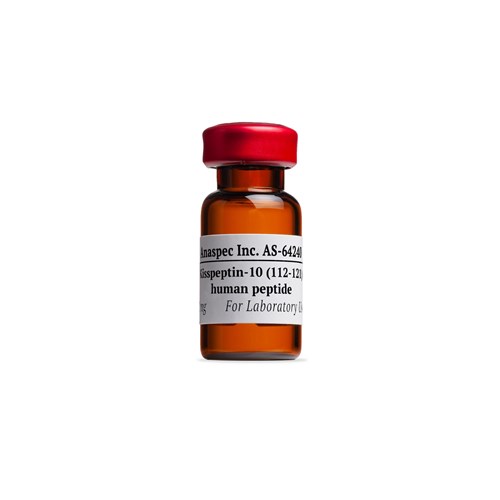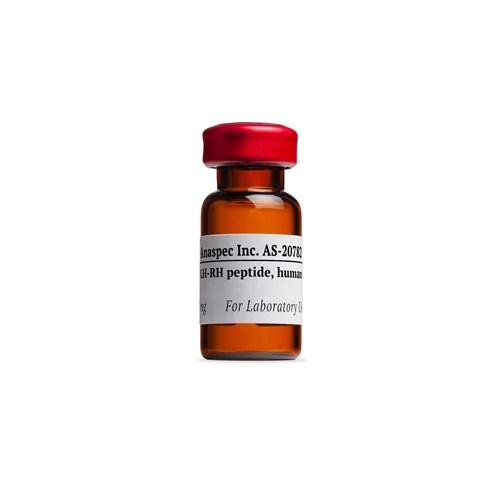ACTH (1-17) - 1 mg
- Cat.Number : AS-60708
- Manufacturer Ref. :
-
Availability :
In stock
Alternative choices
ACTH (1–17), and aMSH (a-Melanotropin), both derived from POMC (proopiomelanocortin) are involved in melanogenesis. However, ACTH (1-17) has been found to be more potent in malanogenesis in human malanocytes. Both ACTH (1-17) and aMSH also increase dendricity, and proliferation in follicular melanocytes.
Specifications
| Chemistry | |
| Sequence one letter code |
|
|---|---|
| Sequence three letter code |
|
| CAS registry number |
|
| Molecular Formula |
|
| Molecular Mass/ Weight |
|
| Modification | |
| Conjugation |
|
| Quantity & Purity | |
| Purity |
|
| Storage & stability | |
| Form |
|
| Storage Conditions |
|
| Activity | |
| Biomarker Target | |
| Research Area | |
| Sub-category Research Area | |
| Usage |
|
| Source | |
| Source / Species |
|
Downloads
You may also be interested in the following product(s)

Kisspeptin-10 (Kp-10) (112-121), Metastin (45-54), human - 1 mg

Luteinizing Hormone-Releasing Hormone (LH-RH), human - 25 mg

References
ACTH1-17 is a more potent agonist at the human MC1 receptor than alpha-MSH.
Cell Mol Bio . 1999 Nov 01 ; 45(7) 1029 | DOI : 10644006
- M. Tsatmali
- et al
Modulation of the human hair follicle pigmentary unit by corticotropin-releasing hormone and urocortin peptides
FASEB J . 2006 May 01 ; 20(7) 882 | DOI : https://doi.org/10.1096/fj.05-5257com
- S. Kauser
- et al

